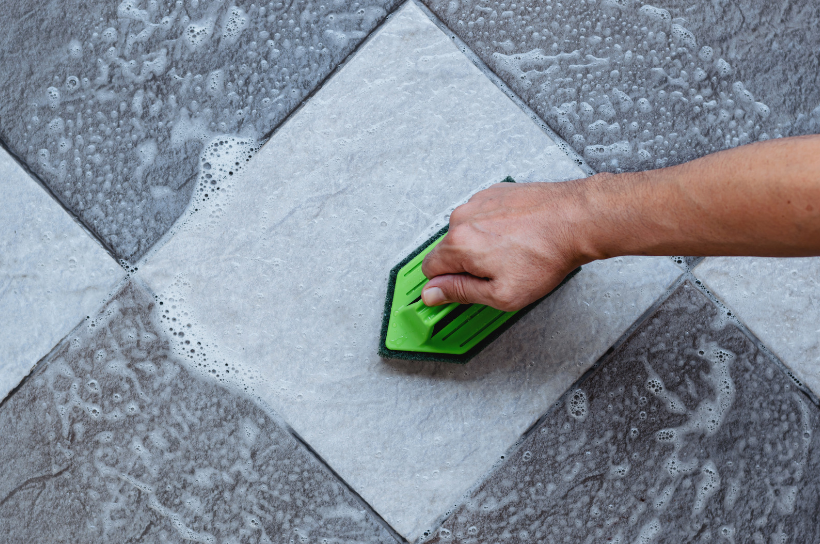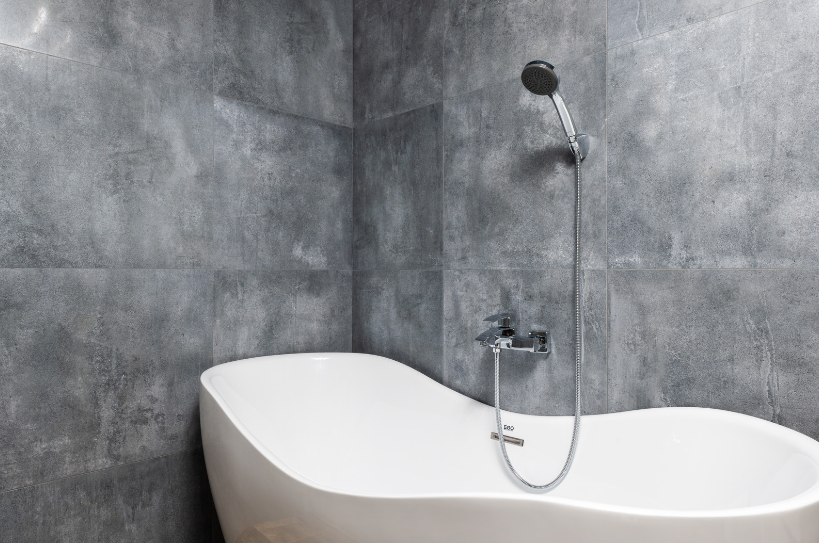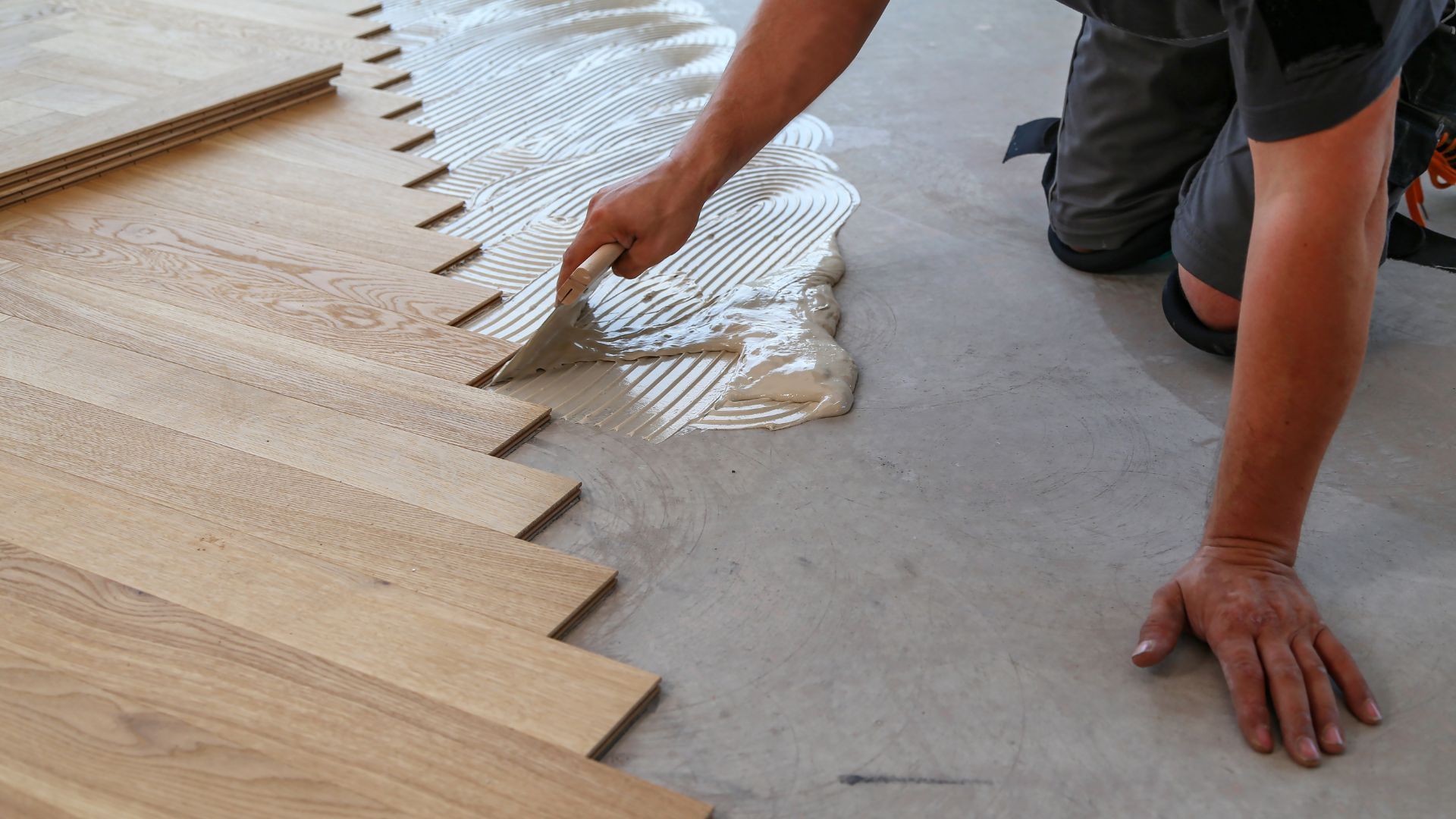Can you Request a Landlord to pay for Carpet Cleaning?
If you rent your home or business space, you know that there are often gray areas when it comes to who is responsible for paying for repairs and maintenance. Rental contracts usually use phrases like “routine maintenance is the responsibility of the tenant”. While this makes it clear to most people that the landlord is not going to come sweep and mop the kitchen every week, some tasks are not so obvious.
Carpet cleaning can be one such task. It’s not something that most people consider “routine” because they don’t do it weekly or even monthly. In a residential setting, carpets generally need to be cleaned once a year at most. But carpet cleaning isn’t a repair that is necessary for maintaining the value and livability of the property either. So who should pay for it?
Unfortunately, most landlords consider carpet cleaning to be the responsibility of the tenant. It is the tenants who dirty the carpet, not the landlord, so most landlords reason that the tenant should also clean the carpet.
There are a few exceptions to this, of course. The first applies to
carpet cleaning before a tenant moves into a property. When you view a property or do a walkthrough prior to moving in, pay attention to the condition of the carpets. If they seem dirty or are stained, you can absolutely ask to have them cleaned before you move in. Just be sure to ask before you sign the lease - the landlord can always refuse, so you want to be able to back out of the lease if this is important to you!
Another situation in which a landlord might pay for carpet cleaning is when there is construction work being done on the property. If contractors are coming in and out of the home or business space, the carpets are likely to get dirty. Assuming the construction work was not requested by or caused by the tenant, it is entirely reasonable for the tenant to ask the landlord to deep clean the property after the work is complete. Whenever possible, discuss clean-up with your landlord before the construction work begins; if everyone is on the same page from the beginning, no one is surprised or disappointed by the end result.
Even if neither of these situations applies to you, it never hurts to ask! Some landlords are willing to take extra steps to maintain their property’s appearance or to keep their tenants happy. If you are a great, long-term tennant, they might just do it out of goodwill and appreciation!
If your landlord will not pay for carpet cleaning, remember that it is never a violation of your lease to have the carpets cleaned at your own expense. Clean carpets contribute to a healthy environment, and no landlord can force you to live in a dirty home. Ask your landlord if they are willing to provide this service, but if they aren’t, don’t hesitate to take care of it yourself!
You might also like
Tiling Halifax Murphy's Blog



